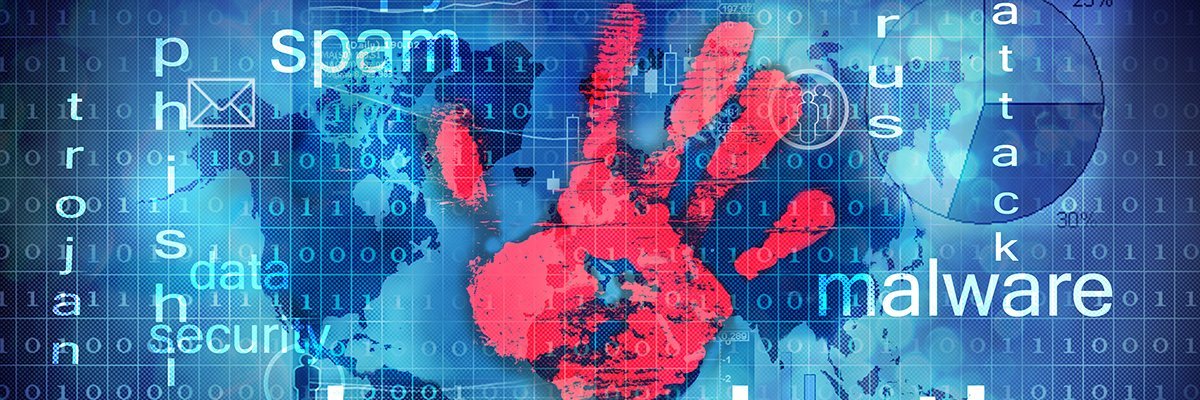Cloud migrations: Don’t settle for just some operational savings

Of course, I am not arguing against migration to the cloud. But mot enterprises need to think more deeply as to why they are migrating to the cloud, and then how. Unfortunately, most enterprises consider cloud to be a tactical technology, and the CFOs and CEOs are glad to see the cost reductions. But if the use of cloud computing is not transformative to the core business, it’s really not providing you the ROI you seek. “Transformative” means that you leverage the innovation and disruption that cloud computing provides. For example, a car company that can remove all friction from its supply chain by using cloud-based technologies, or a bank that can finally use its systems to gain access to key customer data that lets it provide better products and increase market share. These are tricks we’ve done with technology for years, but the cloud removes much of the complexity and cost from having to on-board these technologies with traditional mechanisms.
According to a World Health Organisation (WHO) report, India produces 35 percent of counterfeit drugs that are sold globally. Furthermore, the Associated Chambers of Commerce and Industry of India (Assocham), states that around "60-70 percent of dietary supplements being sold across India are fake, counterfeit, unregistered and unapproved." NITI Aayog hopes to counter this state of affairs by generating a unique ID number for each medicine, which will be tracked through the supply chain on a blockchain, the official explained. With the system, a consumer or business can access the history and source of the drug by scanning a QR code or barcode on the medicine. The project has reportedly got the green light from the country's pharmaceutical industry, despite some cost concerns.Dilip G. Shah, secretary general of the Indian Pharmaceutical Alliance, a lobby group, said: "Fake drugs are a concern and, if blockchain can help the industry get rid of the problem, we are up for it."
Infrastructureless Computing
Computations (algorithms) run in Docker containers on Windows, Mac, and Linux workstations, servers, VMs, and even IoT devices. We call these Computes nodes, nanocores. Our nanocores can discover other nanocore nodes on the same private mesh computer network and connect, communicate (via peer-to-peer), and compute together as if they are physical cores within a single supercomputer. Our nanocore workload is managed by our decentralized queuing system called Lattice. Lattice distributes computations in the right order (serial or parallel) to the right core in the right location at the right time. Since our nanocores run everywhere (any operating system and in any platform — cloud, fog, edge, mist), they essentially are universal computes. This allows Lattice to run algorithms as close to data sources as possible rather than trying to move all of your data to the cloud to run algorithms in a serverless environment. Lattice allows you to run your AI algorithms everywherewithout worrying about the infrastructure.
Cyber threat to UK business greater than ever, report reveals

Martin notes in the foreword to the report that the past year has seen no deceleration in the tempo and volume of cyber incidents, as attackers devise new ways to harm businesses and citizens around the globe. However, despite these threats to the nation’s security, he said he is “confident” in the UK’s ability to combat the attacks that organisations face every day. The report underlines that failure to do so could result in the crippling of smaller organisations and significant loss in stock market value for powerful multinational organisations if they lose the personal data and trust of customers. “The NCSC’s aim is to make the UK an unattractive target to cyber criminals and certain nation states by increasing their risk, and reducing their return on investment,” wrote Martin. “We have adopted a proactive approach to dealing with the increasingly challenging cyber landscape and in tandem with the NCA are taking a proactive approach to combating cyber crime.
Security warning: Your suppliers are now your weakest link
"It is clear that even if an organisation has excellent cybersecurity, there can be no guarantee that the same standards are applied by contractors and third party suppliers in the supply chain. Attackers will target the most vulnerable part of a supply chain to reach their intended victim," warns the report. The challenge with supply chain attacks is that they are often difficult to detect if they are done well, as attackers will stealthily make their way into networks, often with the aid of spear-phishing and other techniques designed to steal credentials or create backdoors. Indeed, the report points to the success of Cloud Hopper, an advanced Chinese cyber-espionage campaign which targeted IT suppliers around the world, as an example of the threat this tactic can pose. The third parties were compromised as a stepping stone towards bigger, more lucrative targets, but still proved to be fruitful for the attackers as many were handling sensitive data.
4 steps to creating a winning cybersecurity strategy in 2018

“In our CISO executive education program, we have been working with students on changing the narrative associated with cyber security from a pure technical/process focus to business justification and risk assessment. As the attack surface becomes larger due to increasing level of digitization, propensity to collect and store data and sophistication of different types of exploits, the role of security becomes increasingly strategic,” said Ari Lightman, Director, CISO Certificate Program, Carnegie Mellon University. The CISO is not an overhead because their presence helps instill confidence and delivers positive ROI as it helps close deals by accelerating the due diligence process with buyers. “We have successfully closed contracts with large Fortune 1000 customers due to our strong cybersecurity posture and investments that has become a competitive advantage for us,” said Dan Allison, the Chief Technology Officer (CTO) at Indiggo, a leadership and executive performance management SaaS platform hosted on AWS. Dan’s organization has invested in an independent cybersecurity operations and management capability to satisfy their customers’ due diligence process.
Human Beings, AI and Robots to Represent the New Workforce in 2028
The digital component of most jobs will accelerate, putting an emphasis on workforce digital dexterity — that is, the ability and desire to use new and existing technologies for better business outcomes. We, as individuals, will increasingly gravitate toward work and organizations that accelerate “We Working” — a work philosophy that depends on ensembles of autonomous and high-performing teams fulfilling critical outcomes. “The illiterate of the 21st century will not be those who cannot read and write, but those who cannot learn, unlearn and relearn” Work will revolve around portfolios of diversified roles and skills performed in teams that dynamically resize and reform. “CIOs and business leaders must anticipate how trends in business, society, technology and information will converge to change where, when, why and with whom we will work in a digital business,” says Griffin. “However, there are two remaining challenges that CIOs need to control to achieve greater business and personal success.”
Should you buy a Core i9 laptop?

The longer answer is yes, but only if you truly use those CPU threads. If you edit video, render 3D scenes, or do any task that’s typically multi-threaded, you will see a huge performance boost by going with a 6-core chip over a 4-core chip. Adding cores will also generally improve performance if you also tend to do a many things simultaneously. And while the vast majority of games won’t really use all six cores, the extra hardware will be a blessing if you stream to Twitch or Mixer while you game, or if you edit video of your adventures to post on YouTube. Upgrading to a 6-core Core i9 or Core i7 is a worthwhile investment for gamers who also create content. ... The most performance you can wring out of a laptop will still likely come from a Core i9 laptop. It runs faster than any other 8th-gen mobile processor, and there’s also a new “Thermal Velocity Boost” feature in Core i9 hardware that allows for higher clock speeds when the chip is below 50 degrees Celsius. But in general, these 8th-gen chips should run at higher clock speeds than their predecessors. The improvement in single-threaded performance won’t be as wide as it is with multi-threaded but it’ll still be better than what was typically available before.
How to Present Security So People Will Listen — and Take Action
Whether you are a manager presenting security audit findings to staff or a keynote speaker at a weeklong technology conference or security summit, there are plenty of challenges to making your case for security. Engaging others in meaningful, memorable, positive ways is usually difficult for any topic. But bring up cyberSAFETY, or cyberSECURITY or cyberDEFENSE or cyberETHICS or cyberANYTHING at the office to non-geeks, and the conversation usually gets boring, stale and short very quickly. Actually, getting people to truly listen and engage in a conversation about security topics around the coffee pot is extremely hard — unless you work in a security function. And in case you think that using words like "information security" or "information assurance" will make things better — think again. Yes — you can throw in words like "hacker" and "identity theft" to grab their attention and liven things up a bit, but that is usually because people start thinking about movies or scary headlines.
Digital transformation: Closing the gap between innovation and execution
"As organisations become more agile, we see successes, but also complications, in terms of how they bring new ideas to market," says Feng. "Ideas are common, yet game-changing concepts are rare. There's a gap between the ability to start generating ideas and the reality of bringing those ideas to market in a relevant way." Feng says many of the challenges around creativity are related to definitions. He says many employees still think innovation is about creating something brand new. "Most things already exist -- innovation is about creating new value across existing dimensions," says Feng. The good news, he says, is modern businesses have access to more ideas than ever before. The smartest executives adopt and adapt these ideas flexibly. Fast-moving organisations, which develop business models across a range of areas, are more likely to be successful. So, rather than focusing on the transformation of an existing operation, Feng says executives should use the cash generated by their core business to invest in new internal and external ventures. Feng encourages business leaders to embrace broad experimentation.
Quote for the day:
"Great leaders are almost always great simplifiers who can cut through argument, debate and doubt to offer a solution everybody can understand." -- General Colin Powell

No comments:
Post a Comment